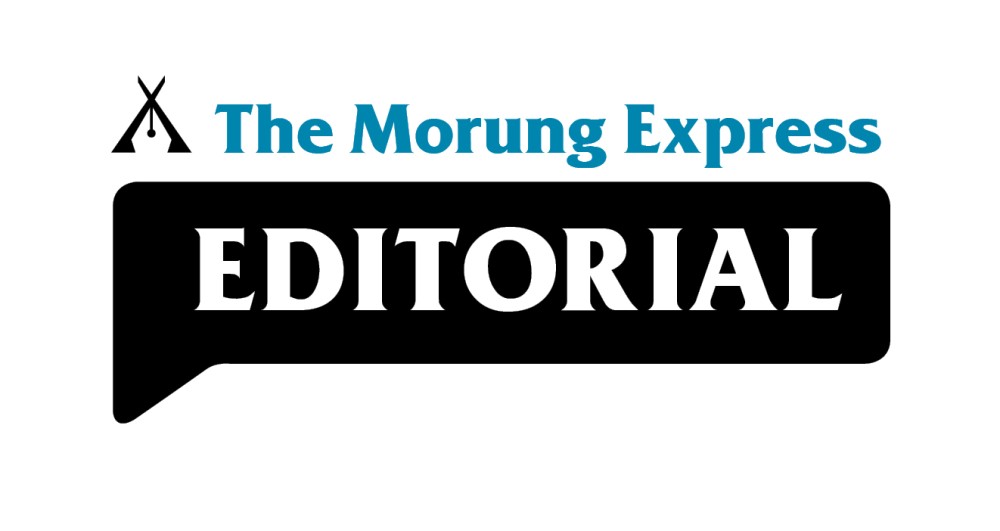
Imkong Walling
Every year, on November 16, the journalistic community across India commemorates an occasion called the National Press Day. It happens to be the date the Press Council of India (PCI) was established in 1966.
The occasion has its roots in the erstwhile Indian Press Council Act, 1965, under the aegis of which law the PCI was established. This Act was however shortlived, and thereby the PCI, getting repealed in 1975 during the start of Indira Gandhi’s notorious two-year ‘Emergency’ regime.
The end of the Emergency saw the enactment of the Press Council Act, 1978, and the re-establishment of the PCI, the following year, as a statutory quasi-judicial autonomous authority. Its purpose was twofold— preserving the freedom of the press and maintaining and improving the standards of newspapers and news agencies, including adherence to high moral and professional standards.
To cite the PCI, “The raison d’etre of this body is rooted in the concept that in a democratic society, the Press needs to be simultaneously free and responsible.”
It was also conferred with advisory and adjudicatory functions. The latter function pertains to complaints either against the press for violation of journalistic ethics or by the press for interference with its freedom.
There is, however, one drawback to the PCI’s extent and reach. It lacks the legal manoeuvrability to keep pace with a changing media landscape powered by new communication technology. It has not affected change even as the print media it watches over has broken new ground, embracing the internet and social media.
The legal framework that gave birth to the PCI was enacted at a time when print ruled the roost, technically limiting its scope to newspapers and magazines. It has resulted in a system where separate self-regulatory bodies developed for the electronic media, essentially the television medium.
The advent of the internet, and the proliferation of social media/digital content creators, including news, has added an entire new dimension to the news playground.
It has had the government making an unsuccessful bid to introduce the ‘Broadcasting Services (regulation) Bill’ for regulating digital news broadcasters/creators, and even entertainment platforms, which have nothing to do with news.
If passed, it would have replaced the Cable Television Networks (Regulation) Act, 1995.
The bid became a point of contention, not only between the government and the digital newscasters, but also pitted the traditional with the digital. It has also had free speech advocates up in arms, and also those who have successfully migrated from print to digital.
Today, while the fundamental function and purpose remains the same, the various forms news has taken shape into, has given rise to a scenario, where one is pitted against the other. Ideally, the scenario should have been one uniform body.
‘Changing Nature of Press’ was the theme for the National Press Day 2024. But the government is not making any move to bring the various news platforms into one, self-regulatory body, with an overarching code of ethics, free from restrictive state intervention.
The writer is a Principal Correspondent at The Morung Express.
Comments can be sent to imkongwalls@gmail.com





